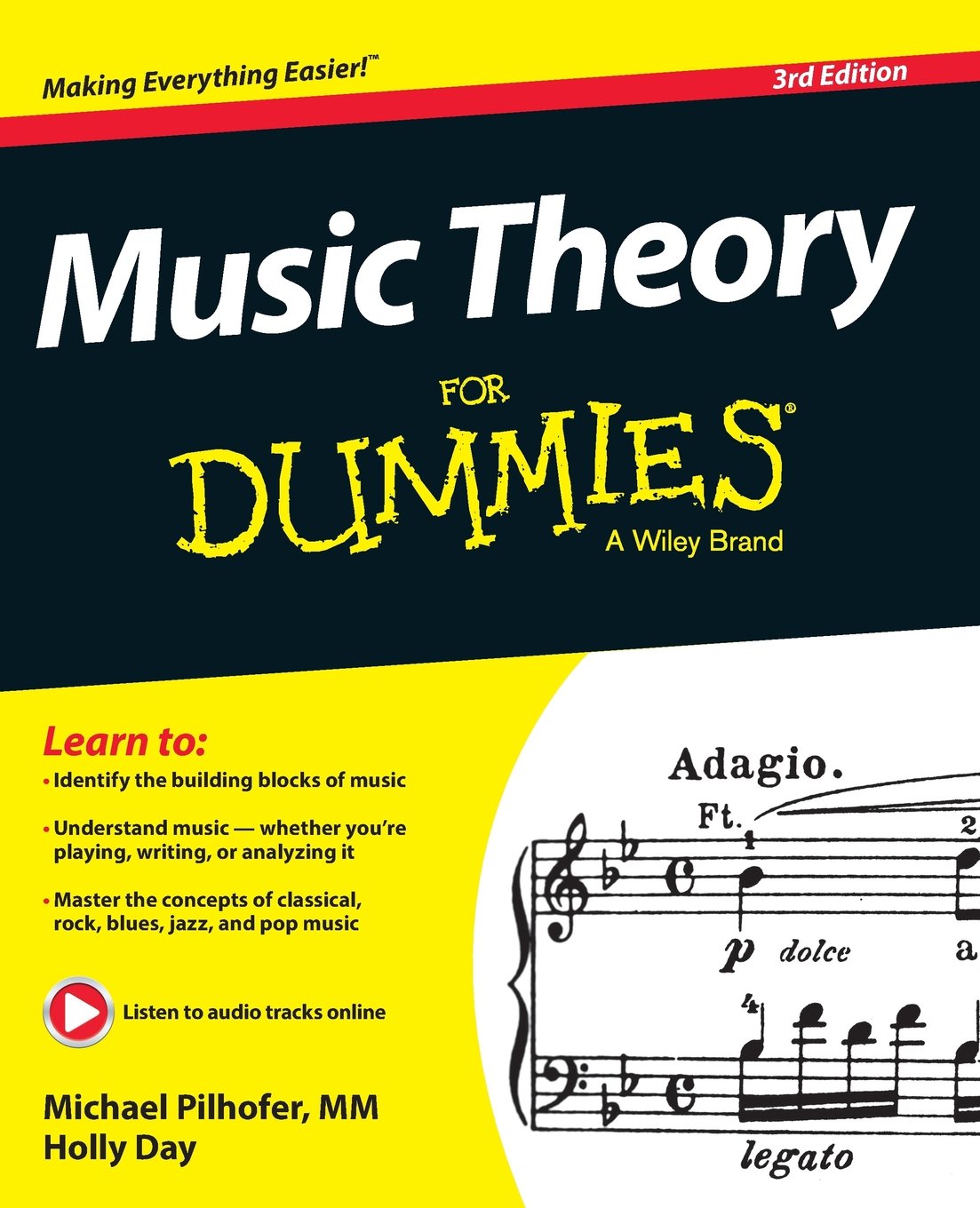About this deal
Music Theory For Dummies, of course, is just one title among many, written by Michael Pilhofer and Holly Day. Some readers say this book series gave them a strong foundation in music theory while others say you should not use it without the guidance of a teacher who can provide you with the answers to exercises. Many people consider ancient Greece to be the actual birthplace of music theory, because the ancient Greeks started entire schools of philosophy and science built around dissecting every aspect of music that was known then. Even Pythagoras (the triangle guy) got into the act by creating the 12-pitch octave scale similar to the one that musicians and composers still use today. He did this via the first Circle of Fifths, a device still religiously used by musicians from all walks of life. Reportedly, it does exactly what it promises to do – it breaks down the complex topic of music theory into smaller, more digestible chunks.
Fifteenth-century French composers began adding as many lines as they needed to their musical staves. They also wrote music with multiple staves to be played simultaneously by different instruments. Because the keyboard has so many notes available, separate staves for left- and right-handed playing began to be used. These staves are the bass clef and the treble clef. The key contents include a look into major scale construction, chords and harmony followed by scales and arpeggios. Even though every type of minor scale contains a different set of notes, each type of scale is put together in a specific way. These specific patterns of intervals are what put the minor scales into their little niche. The minor scale degrees all have the same names as the ones in major, except the 7th degree, which is called the subtonic.This is my preferred approach, as we can only use what we understand, and sometimes lengthy, academic explanations only serve to complicate matters.
Then, it explores the type of theory many guitarists would specifically find useful – blues harmony, pentatonic scales, modes, other scales, arpeggios, chord substitution and reharmonization. But the truth is that the arrangements and tones (or note sounds) available in the minor scales — divided, according to composition, into the natural, harmonic, and melodic minor scales — can be much more flexible for a composer to use than the major scales alone. Harmony And Theory: A Comprehensive Source For All Musicians by Carl Schroeder is certainly no exception. The good news is that nowadays this material exists. Apart from having everything duly organised and very well explained, this is also the most complete and the most inclusive material on music theory that you could find.
What will you find in this booklet?
While it would be nice to be one of those people who can sit at any instrument and play beautiful music without any training whatsoever, most folks need some sort of structured instruction, whether from a teacher or from reading a book. Here, we go over the basic information you need to start learning how to read music, play scales, understand key signatures, build chords, and compose with forms.
Prior to the Renaissance period, few truly innovative changes occurred in music technology. Stringed instruments, woodwinds, horns, and percussion instruments had been around for thousands of years, and although they had experienced many improvements in design and playing technique, they were essentially the same instruments used by the people of ancient cultures. It wasn’t until the 1300s that a new musical interface appeared: the keyboard. After you’ve become familiar with key signatures, you’re ready to move on to intervals, chords, and chord progressions, which create the complexity of musical sound — from pleasing and soothing to tense and in need of resolution. You build scales and chords using simple or compound intervals: melodic and harmonic. This booklet is a complete manual on music theory, a guide for beginners, intermediate students, and even advanced learners. Contents of the Music Theory Booklet in PDF Format
In the harmonic and melodic minor scales, the 7th degree is called the leading tone. In the melodic minor scale, the 6th degree is called the submediant. Playing natural minor scales on piano and guitar
 Great Deal
Great Deal 